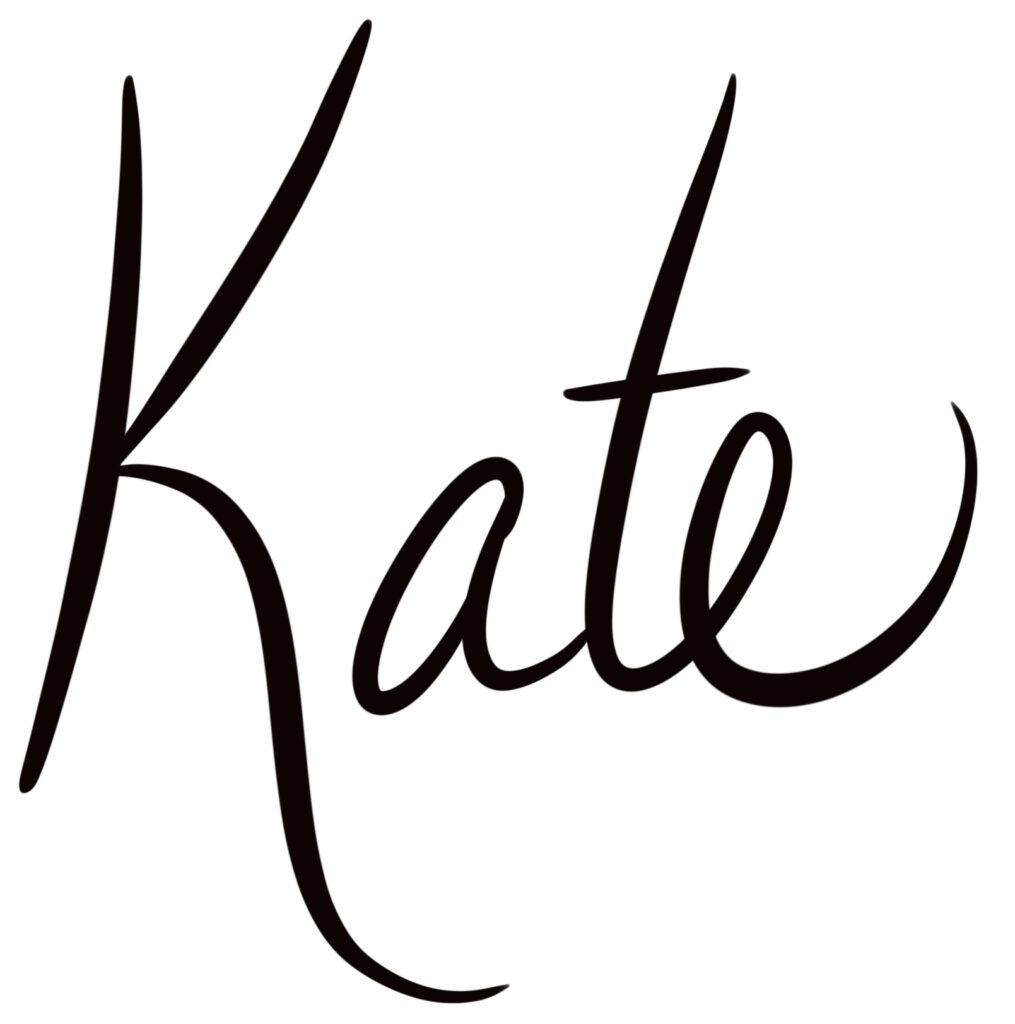Never again will your students ask why they are completing a certain lesson or when they can do something fun. With a relevant, engaging unit phenomenon students will intrinsically want to know why it is happening and acquire the necessary knowledge to explain it.
The Basics
Every well-executed Next Generation Science Standard lesson starts with an engaging, foundational unit phenomenon. Anchoring a lesson with a unit phenomenon that can be referred back to time and time again builds student connection to the real world and desire to build knowledge. The purpose of a unit phenomena is to immediately engage students in a topic by providing an interesting, relatable example of an occurrence in the real world. Phenomena can make abstract science concepts, such as genetics or cells, concrete and approachable.
The unit phenomena is the engagement for an entire unit so make it fun! Give students an experience by having them solve a puzzle, take students outside, give them a prop such as a giant toothbrush or a coprolite (fossilized dinosaur poop)! This is the sort of engaging introduction that you want students to talk about at the dinner table. This is what you want to walk into the lunch room and hear them talking to their friends about. You want students to burst into your classroom and ask if they really are doing (insert AWESOME science activity here) today. This should be their unit phenomena.
Introducing the Phenomena
Introducing a unit phenomena should follow responsive teaching practices. By this, I mean you should base your phenomena on the needs of your students. A well thought out phenomena should be real, relatable, and accessible to your students. Accessibility should be based on socioeconomic status, age, developmental level, and experiences of your students. For example, if you teach in the city you may want to pull in adaptability of birds to city infrastructure or if you teach in a rural area you may want to pull in deer populations that frequent the school fields to begin a unit on ecology and biomes. Phenomena can be as simple as discussing calcium chloride melting ice in the school parking lot as the students disembark the bus on their way in. From this easily overlooked occurrence, you could build on chemical reactions, exothermic reactions, and chemistry in everyday life.
One of the best ways to engage students with their phenomena is to allow them to experience the phenomena and then create a Driving Question Board. To do this, ask a simple question such as “what can we find out about this?” and provide chart paper (or the brainstorm sheet below) for students to come up with as many questions as they can. Have groups narrow down their questions and pick what they want to have answered by the end of the unit. Give students a voice and have them vote on the top questions for the class. Students will buy into a topic if they create the questions that are driving the lessons. Keep in mind that unit phenomena should begin a unit and be referred back to throughout. They should not replace the engagement portion of learning sequences, they should instead build on the greater knowledge base required of the entire unit.
This example driving question board shows the top 10 questions that a group of 25 students voted to include on the classroom question board for the topic. Students worked in small groups to brainstorm questions and then voted on the most scientific questions to include on the class board.
Here is a brainstorm page that can be used with small groups. Each student creates a sticky note with their own questions. Then they come together an share their ideas using this brainstorm sheet. Click here to print this and use it in your classroom.
Daily Connections to Phenomena
One of the easiest ways to connect lessons to the unit phenomena is by posting the questions generated by the Driving Question Board. These questions serve as a daily visual reminder to students of what it is that they want to know. By seeing their own thoughts and inquiries posted, they will see the value in generating those questions.
One way to link the unit phenomena to daily lessons is by asking warm up questions or exit tickets which allude toward the unit phenomena. Students remember the beginning and ending of a lesson more than the middle, so these questions will strengthen the connection of a daily lesson to the greater context of the phenomena in the world.
Different from warm ups and exit tickets, summary tables are also a useful tool to link learning sequences within a unit back to a unit phenomena. A summary table has a column where students record the activity they just completed and a column for the connection back to the unit phenomenon. Never again will students ask you why they are doing a specific activity!
(Sample class summary table for 6th grade science lessons surrounding the topic of temperature changes in dissolving.)
Wrapping up the Unit
The best way to end a unit is a real world scenario that links back to the unit phenomena. For example, in the chemistry unit that started with calcium chloride melting ice on the sidewalk outside of the school might end with students designing a cold pack for a nurse as an example of an endothermic reaction. Alternatively, students could complete a Claim, Evidence, Reasoning about the topic. Students will use what they have learned during the unit to be successful on the unit assessment.
Ask students for feedback about the unit phenomena for planning for the following school year. Ask if they can think of a phenomena for a unit that may be a better example than the one that was provided. This increases student agency and understanding that their opinions matter. You may even end up with a better phenomena for the following school year which will keep units fresh and responsive to student cares and world events. A unit phenomena is only as good as the students believe it is- change it if it is not engaging students or if students find it unrelatable.
Resources for Phenomena
This first resource is a series of images and gifs for quick visuals for students: https://www.ngssphenomena.com/. This second resource lists phenomena by performance expectation: https://thewonderofscience.com/phenomenal. This third resource has detailed explanations of phenomena with disciplinary core ideas as well: https://sites.google.com/site/sciencephenomena/. While these are helpful, some of the best, most relevant phenomena will come from your experiences and the experiences of your students. Other great places to look may also include the news, social media, and by asking others about their experiences with your unit topic.
Article By Chelsea Roy
7th Grade Science Teacher and NGSS Expert








